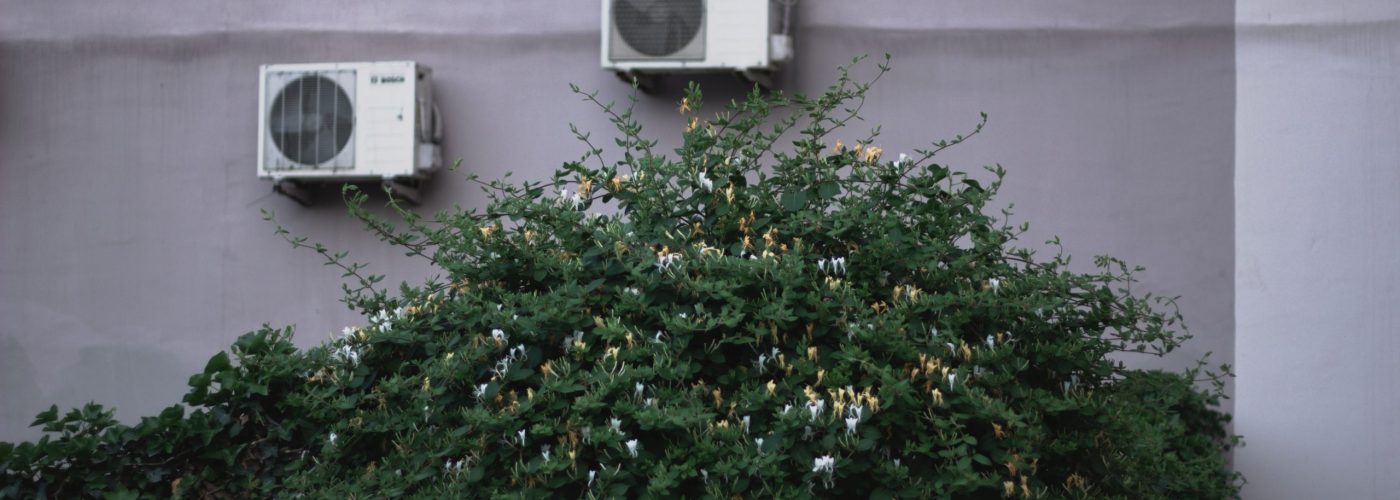UK commercial properties are facing an ongoing battle with poor air quality. According to research from the BBC, up to 800,000 people die every year globally from poor workplace air quality; this represents a productivity lost of nearly £0.50 per hour per employee where productivity is concerned. Clearly, tackling this issue is important both for employee health and for the success of a business. A determinative way in which to address the challenge is through well designed inbuilt air control design from the minute the building goes up.
The function of air purification
To properly design air filtration for your build it’s important to build up a knowledge of exactly how filtration works. Modern air filtration works via the High Efficiency Particulate Air Filter, more popularly known as the HEPA filter. Studies have shown the efficiency of such devices in remediating poor air quality – a study published in the Journal of Advances In Technical Nonwovens found that filters can take 99.7% of particulates out of the air. It is worth noting, however, that they aren’t effective for smaller particles, such as viruses. These filters then are standardised against MERV ratings, which are an important consideration for businesses. A certain rating, typically MERV 13 or higher, is necessary to filter out all of the particulates you would expect to find in the work environment. However, going too high will restrict airflow and can leave the atmosphere inside of work feeling stale, if still safe. Tackling that aspect and thus making it comfortable for workers is important.
The filtration/quality balance
Air filters can make sure air is clean and healthy, but they can stifle proper airflow, too. It’s no longer enough to simply have air con systems that push and pull air into the building; a more finely controlled and flexible system is needed to ensure that the building has proper airflow throughout. This is, of course, entirely possible, and buildings from as far back as the mid-noughties show that. As City Wire have explored, London’s Gherkin has a deft set of movements from its outside plates to allow a whole range of alterations to air flow. Working in a smart mechanical fashion, it ensures that the air inside can be clean while also not being stifling.
Futuristic futures
Of course, steps can be taken that will improve the situation even further. For example, look to Mexico, where a living and breathing piece of street art actively cleans air. This is something achievable in the office environment through wall materials and artwork within the office, and can be an active reminder to tenants of the benefits provided by a proper air filtration system as well as an interesting angle through to which to market your properties. Brought together, these elements make up the new air filtration picture. With employee health and productivity at risk, it’s an imperative for building owners to get smart about how they want their builds to operate. Planning now will help to ensure a better, more breathable, future.





